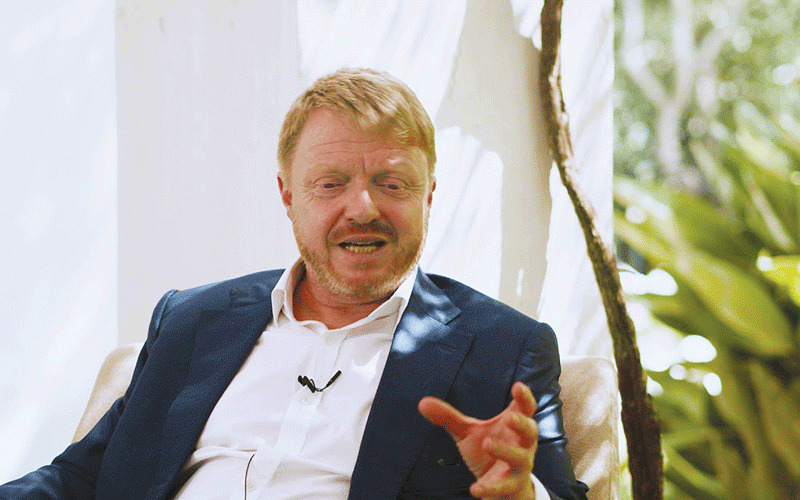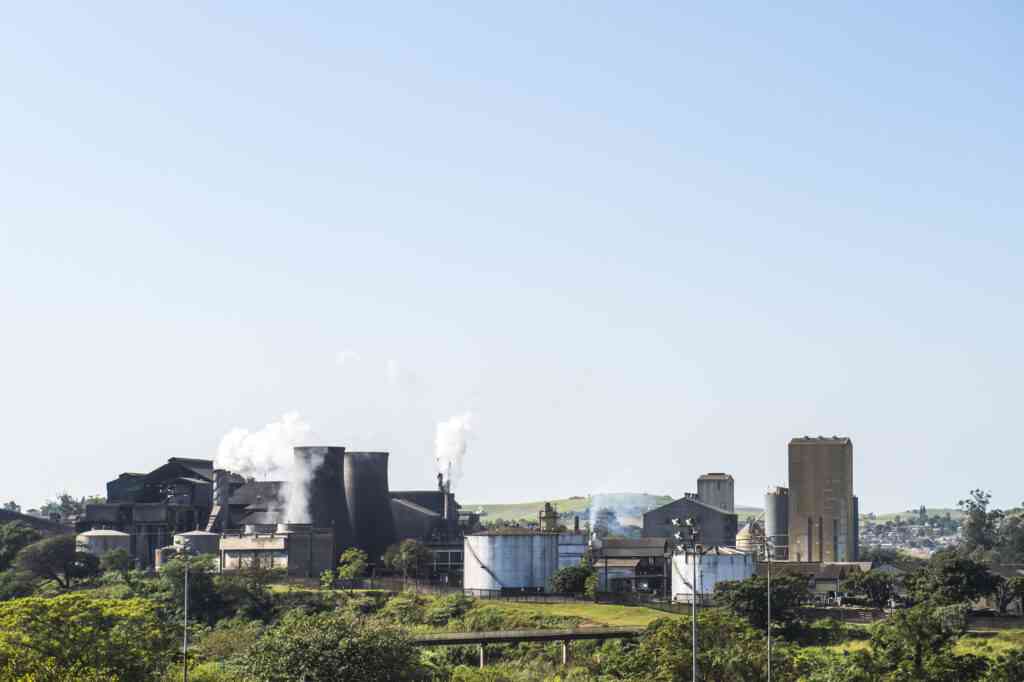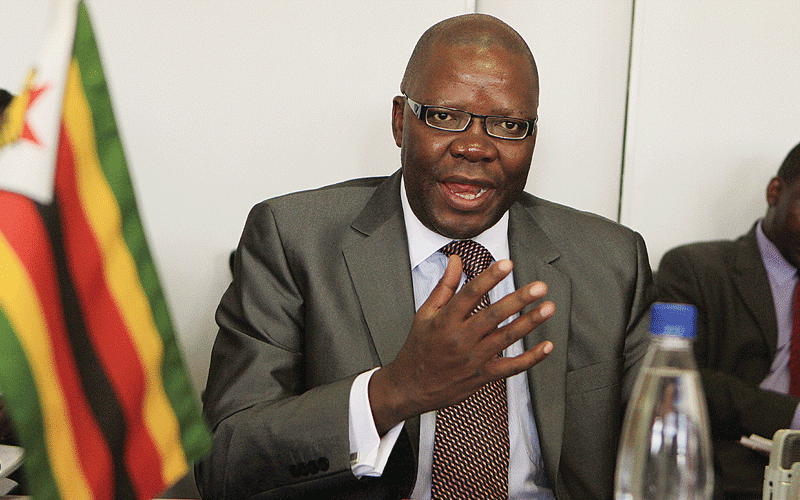
WITHOUT access to electricity, the pathway out of poverty is narrow and long, progress is not moving fast enough. The current pace is of 1,6 billion people who still do not have access to electricity, and 3,04 billion people still relying on solid fuels and kerosene for cooking and heating (IEA and World Bank 2017). Despite significant progress in recent decades, achieving universal access to modern energy services by 2030 will not be possible without stepped-up efforts by all stakeholders.
BY KUDZAI GOREMUSANDU
In many countries with low levels of electrification access, both grid and off-grid solutions are vital for achieving universal electricity access — but they must be supported by an enabling environment with the right policies, institutions, strategic planning, regulations, and incentives.
Against a backdrop of climate change, plummeting costs for renewable energy technologies and adequate energy efficiency measures offer a tremendous opportunity for countries to be creative about electricity access expansion—with the emphasis on “clean energy.”
Emerging and innovative energy service delivery models offer unprecedented opportunities for private sector-driven off-grid electrification and accelerating universal electricity access — but only if countries can create the necessary environment for them to be replicated and scaled up.
In September 2011, the Sustainable Energy for All initiative was launched with a call for universal access to modern energy services; double the global rate of improvement in energy efficiency; and double the share of renewable energy in global energy production.
This call is also one of the 17 UN Sustainable Development Goals (SDGs), which are part of the 2030 Agenda for Sustainable Development, adopted in September 2015. At root is recognition that energy is a key factor for sustainable development and poverty alleviation, and that it plays an important role in all major development challenges that the world faces.
For the international community, there is broad agreement that access to modern energy services is a necessary pre-requisite for alleviating poverty and boosting shared prosperity. Without energy, it is challenging, if not impossible, to promote economic growth, overcome poverty, expand employment, and support human development.
- Chamisa under fire over US$120K donation
- Mavhunga puts DeMbare into Chibuku quarterfinals
- Pension funds bet on Cabora Bassa oilfields
- Councils defy govt fire tender directive
Keep Reading
Sustainable energy is the seventh goal of the 17 UN Sustainable Development Goals with a call to “ensure access to affordable, reliable, sustainable and modern energy for all.” Its five targets indicate areas where policies can be designed — such as boosting the share of renewable energy in the global energy mix and doubling the global rate of improvement in energy efficiency. Furthermore, energy can contribute to achieving the other 16 SDGs.
A review of all SDG targets indicates that energy is interconnected with 125 (74%) out of the 169 targets, making it crucial for all societies to recognise the key inter linkages of energy and the wider development agenda (Vera, 2016).
Thus, planning for universal access to modern energy services should be an integral part of national planning efforts to achieve the SDGs Studies of power outages indicate that lack of energy does lead to a loss of output at a firm level — for example, in 2013, the World Bank Enterprise Surveys showed that power outages in Tanzania cost businesses about 15 percent of annual sales — and greater availability of energy has been shown to lead to more income, jobs, and educational benefits at the individual household level.
In addition, lack of access to modern energy (especially grid electricity) acts as a constraint on economic growth, while access to modern energy services can stimulate growth and employment opportunities.
Countries with the highest levels of poverty tend to have lower access to modern energy services — a problem that is most pronounced in Sub-Saharan Africa and South Asia, where a large share of the population depends on traditional biomass for cooking and heating and lacks access to electricity Poor households lack the resources to purchase modern energy services (especially when there is a connection charge to obtain the modern energy source, as with electricity).
At the same time, households lacking access to electricity and other modern energy sources have fewer opportunities for income generation (especially from agriculture). These households earn less, spend more time collecting biomass and less time on education, and pay more per unit for the limited amounts of modern energy that they can purchase (such as batteries for lighting and phone charging)
Between 2000 and 2014, there were advances in electrification, with the global electricity deficit declining from 1,3 billion to 1,06 billion — and the global electrification rate rising from 77,7% to 85,5%. Progress with rural electrification is evident, with the global rural electrification rate increasing from 63% in 2000 to 73% in 2014.
Urban areas across the world are already close to universal access at 97%. Although urban access rates have risen relatively little in the past 25 years, this level remains a major achievement when viewed against the rapid urbanisation that has brought an additional 1,6 billion people into the world’s cities during this period
Among the regions, improvement in access to electricity in the period 2000 to 2014 has been remarkable in South Asia (rising from 57 to 80%), in other regions growth during the same period has been moderate: for East Asia and Pacific (from 90% to 96%), Middle East and North Africa (from 91 to 97%), Latin America and Caribbean (from 92 to 97%) and Sub-Saharan Africa (from 26,5 to 37,5%).
Trends in population lacking access to electricity are rising in Sub-Saharan Africa, where 609 million people still do not have access to electricity services.











